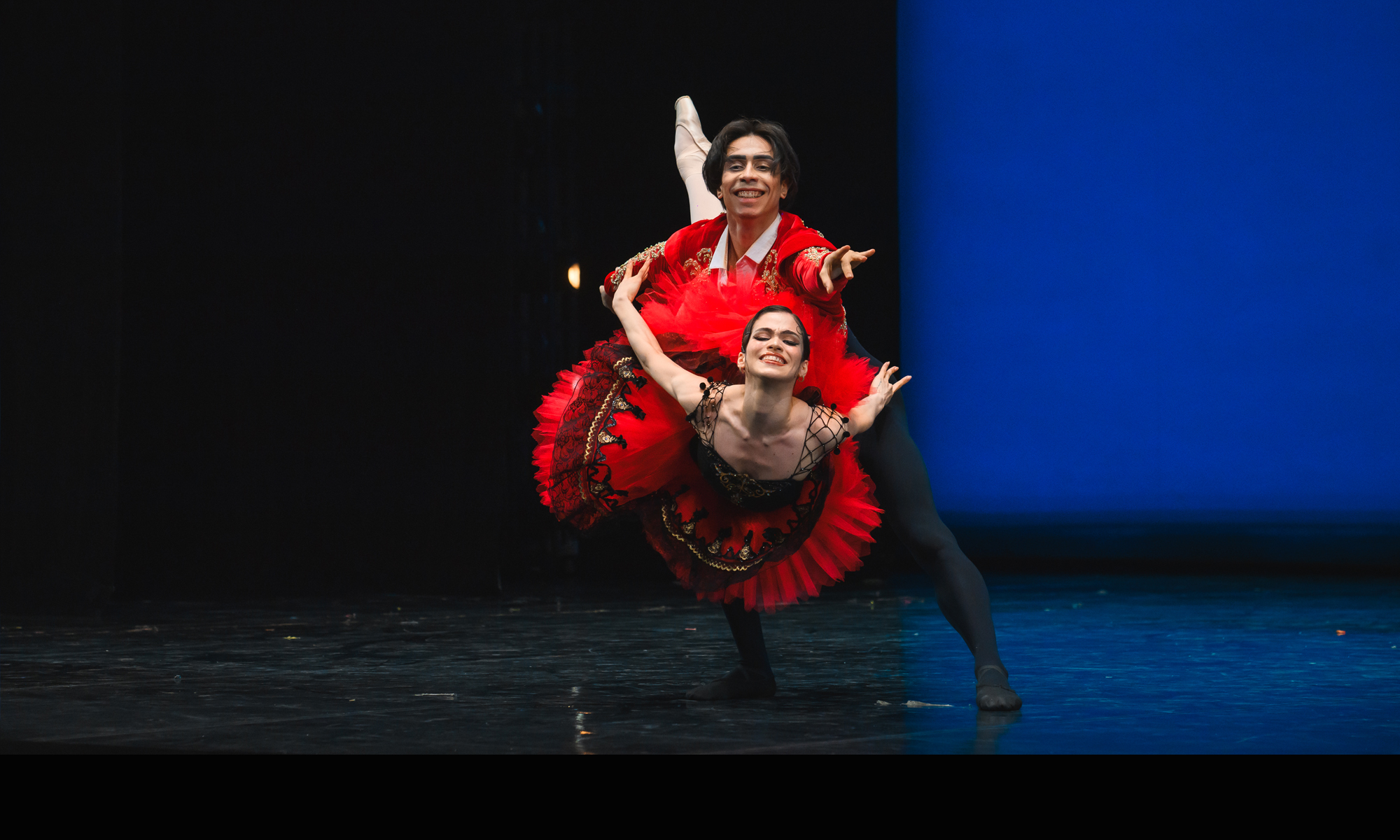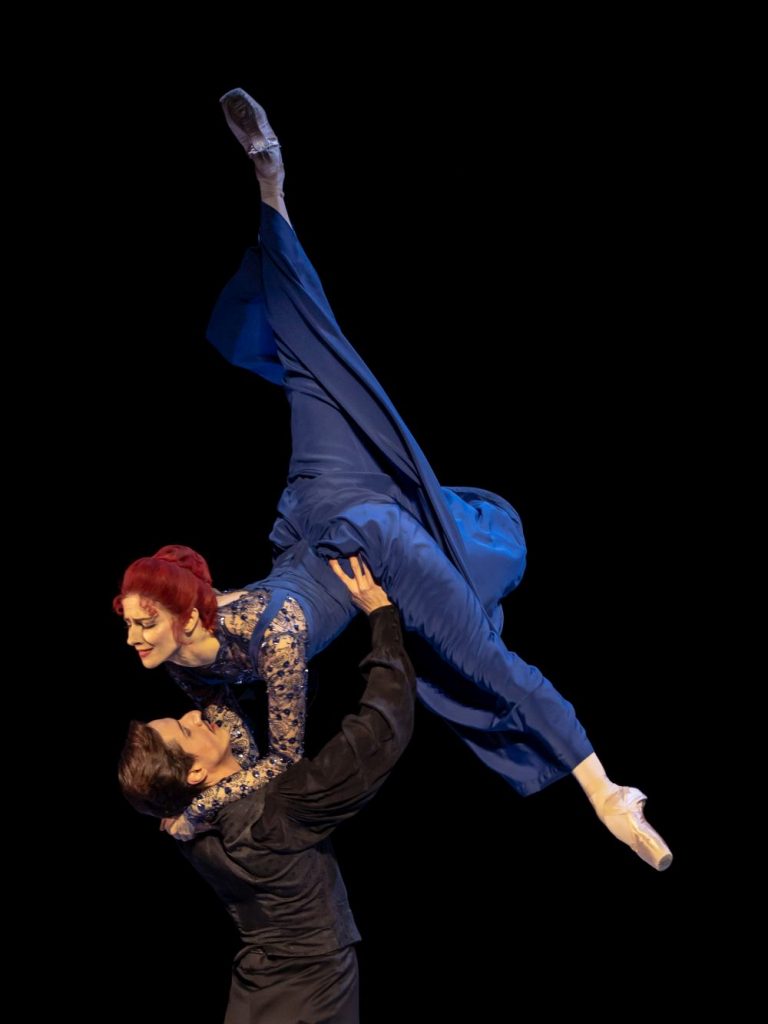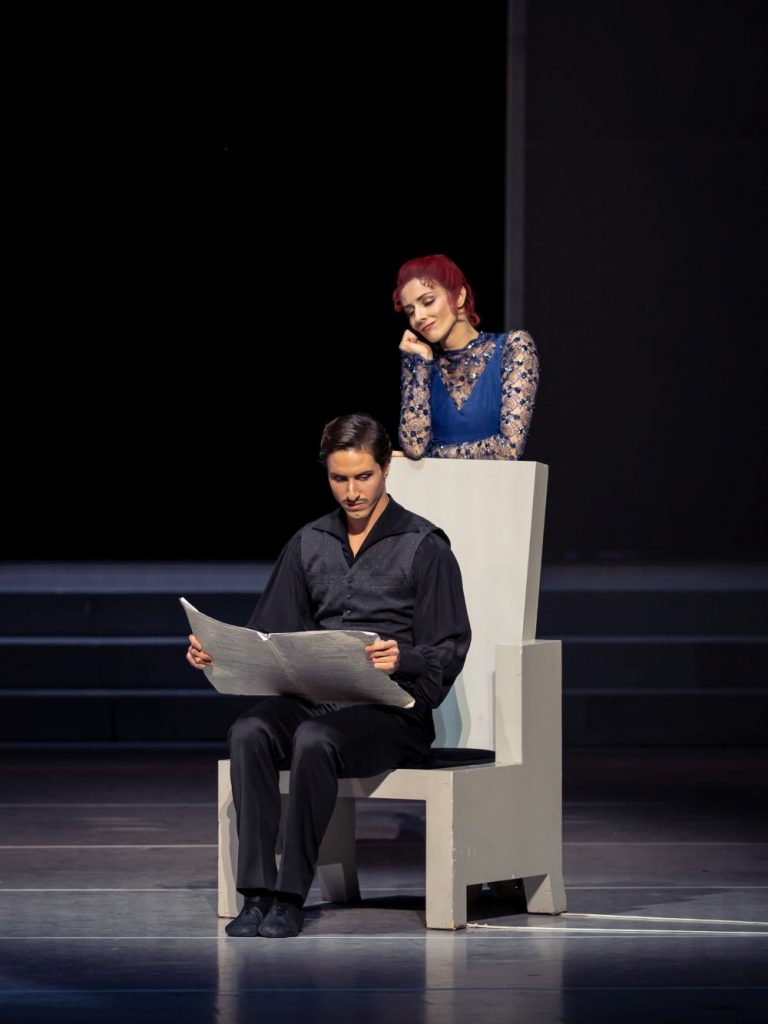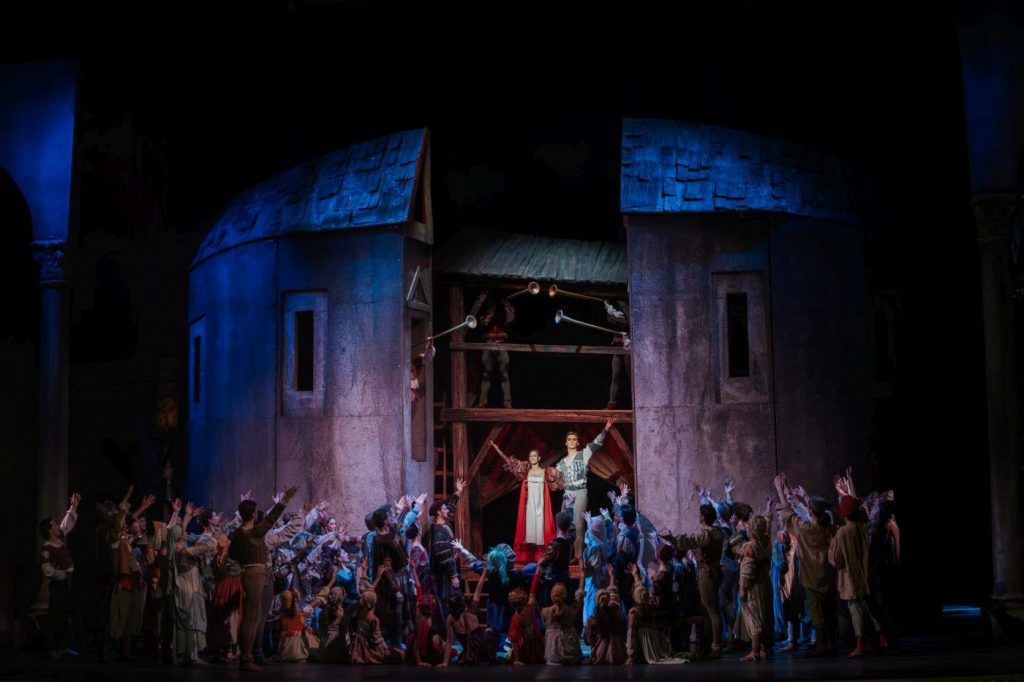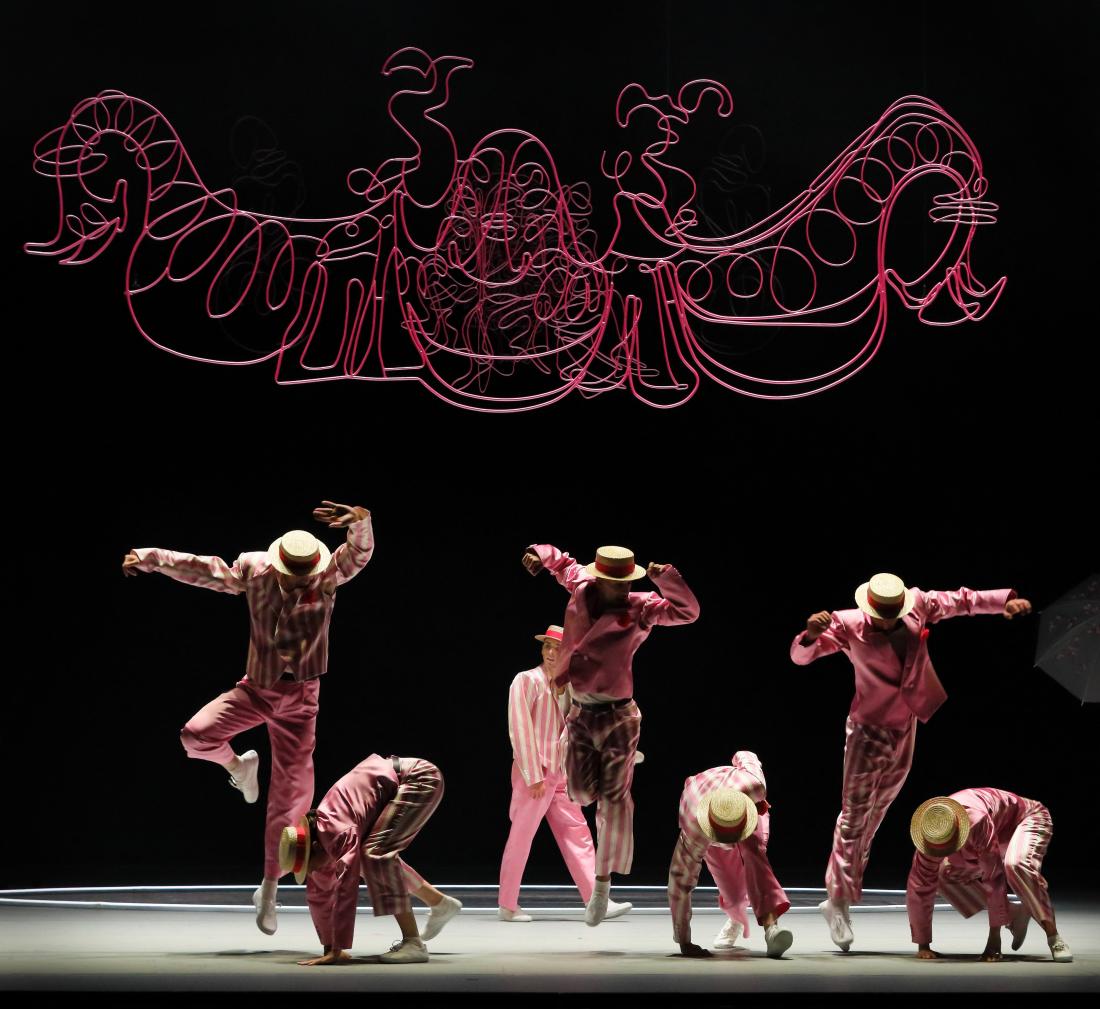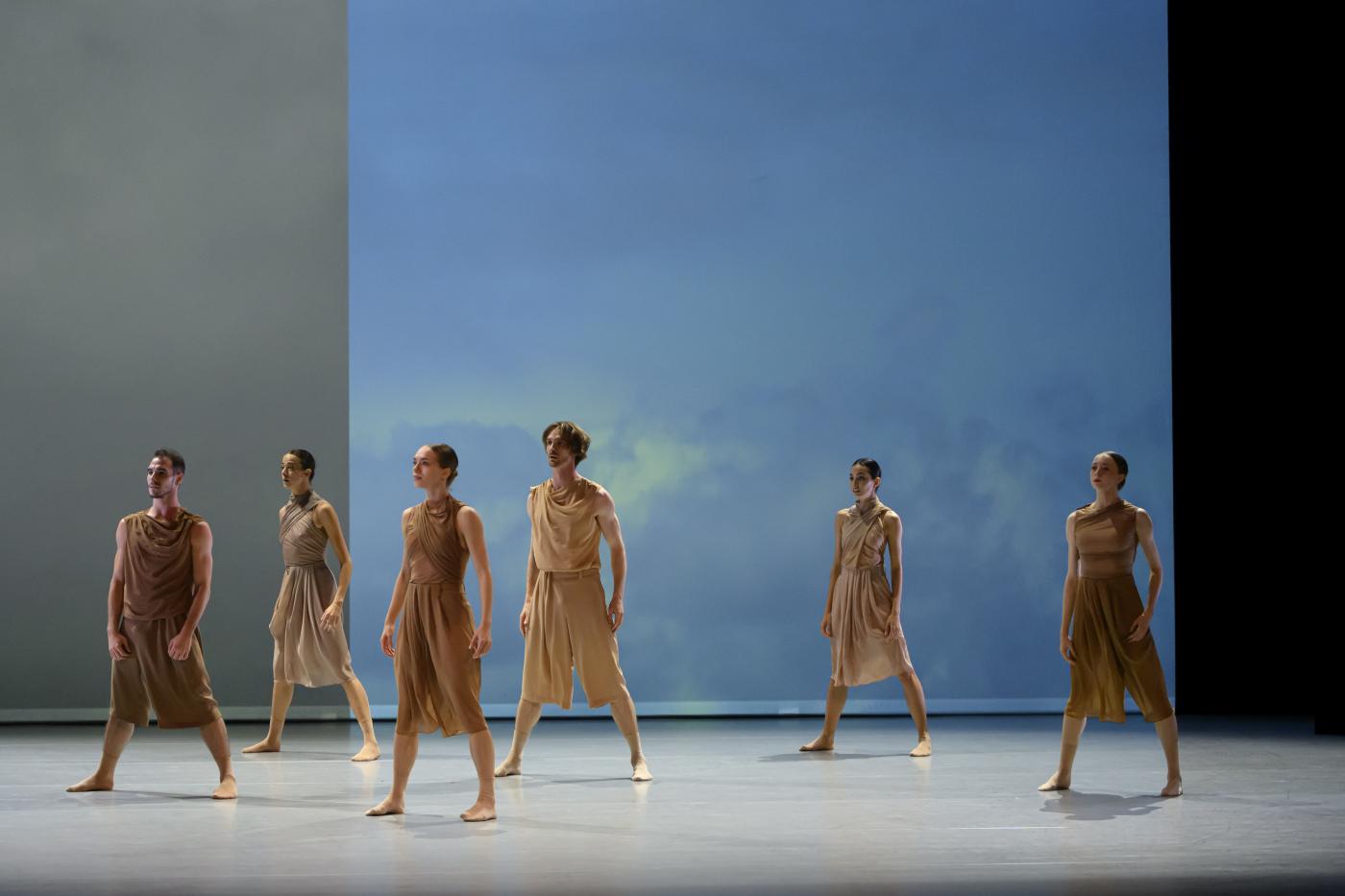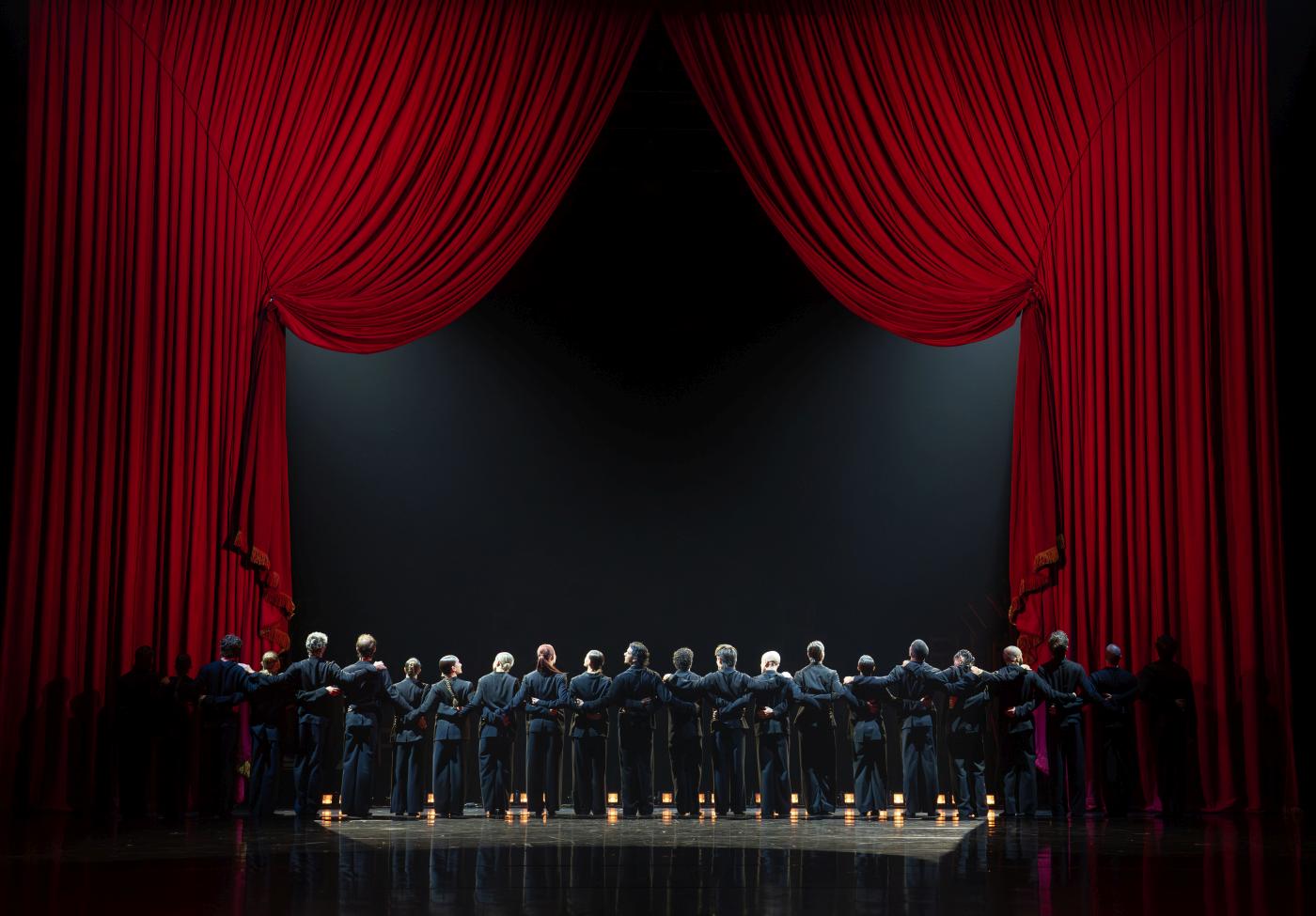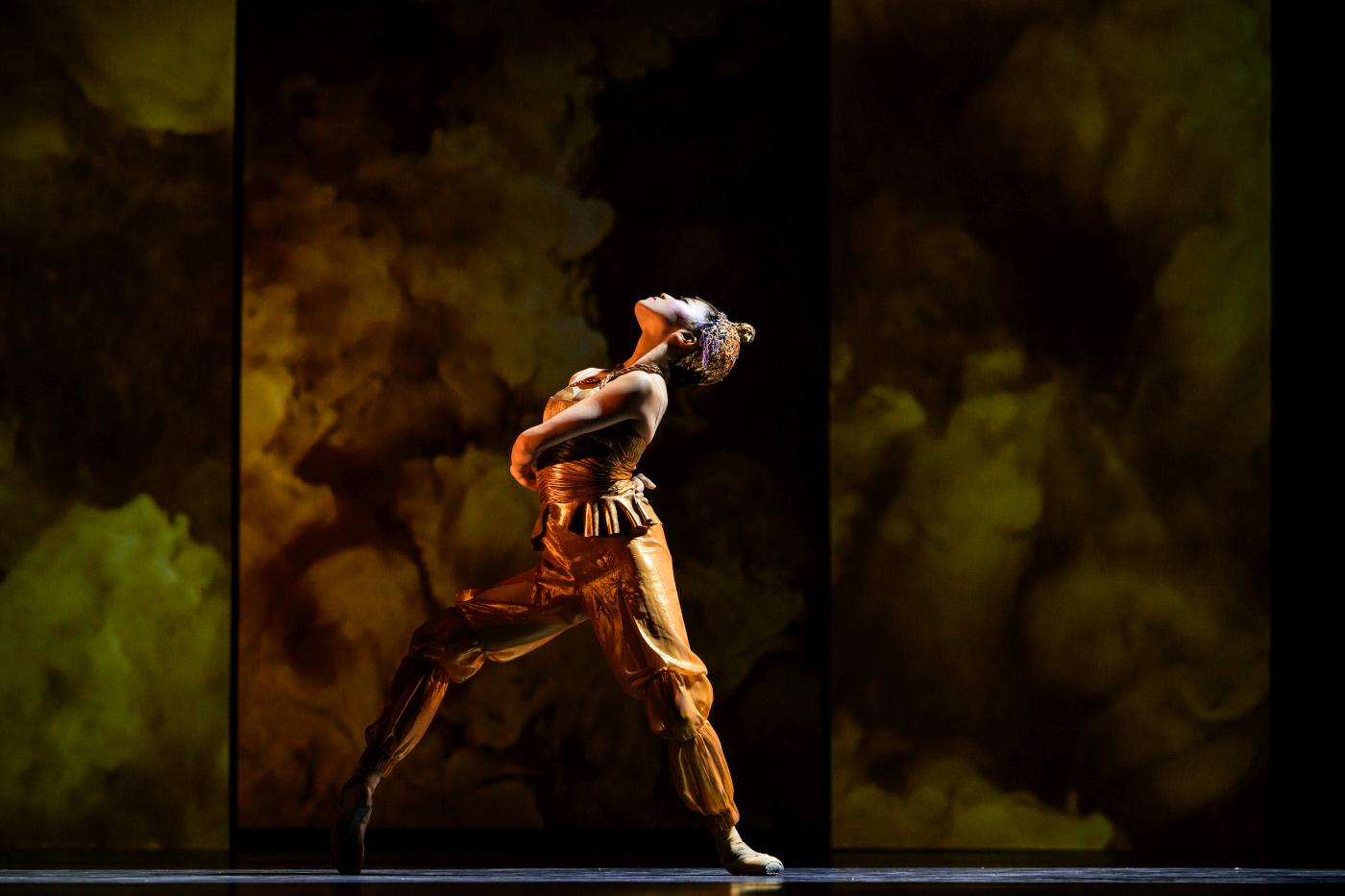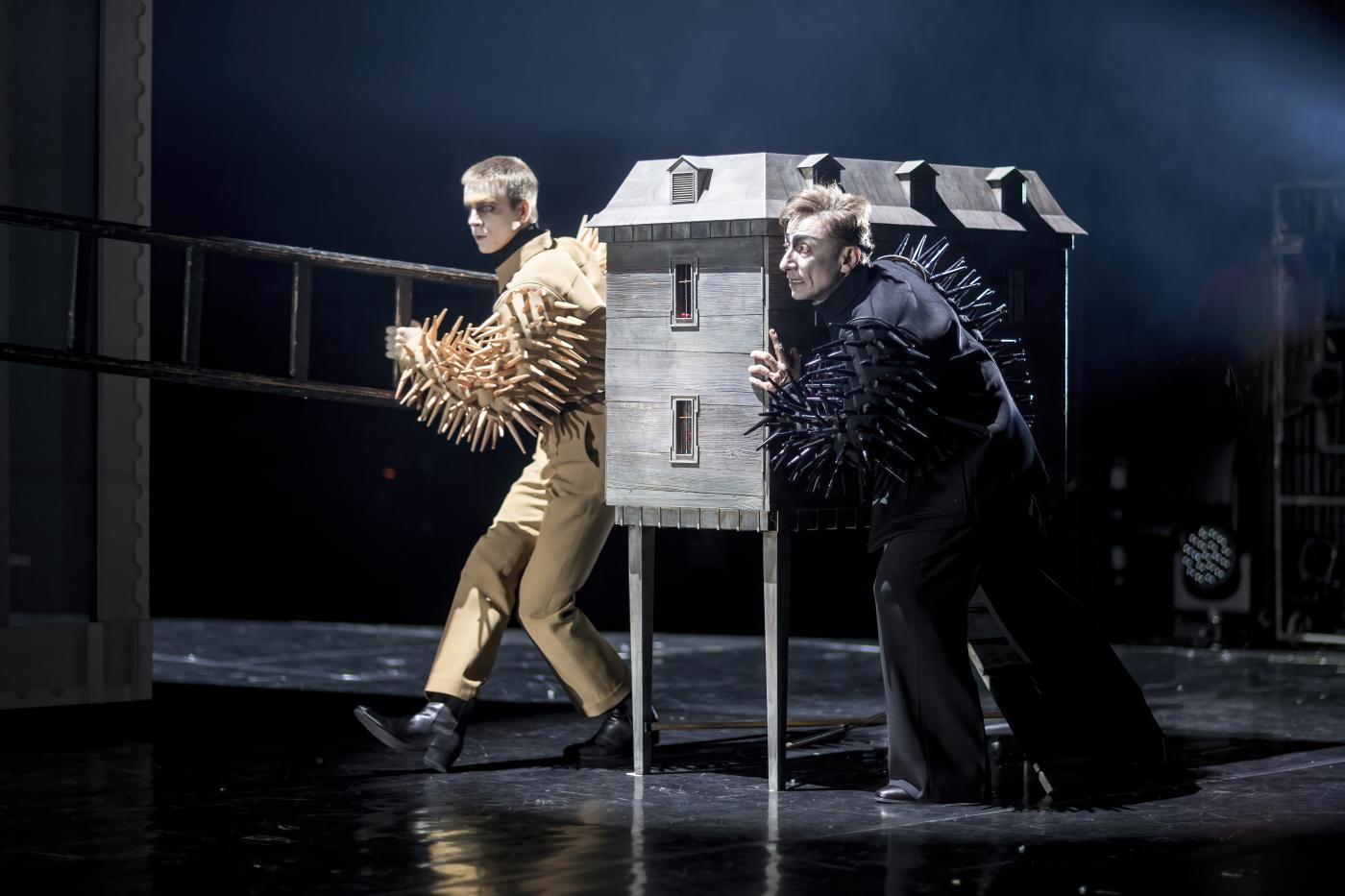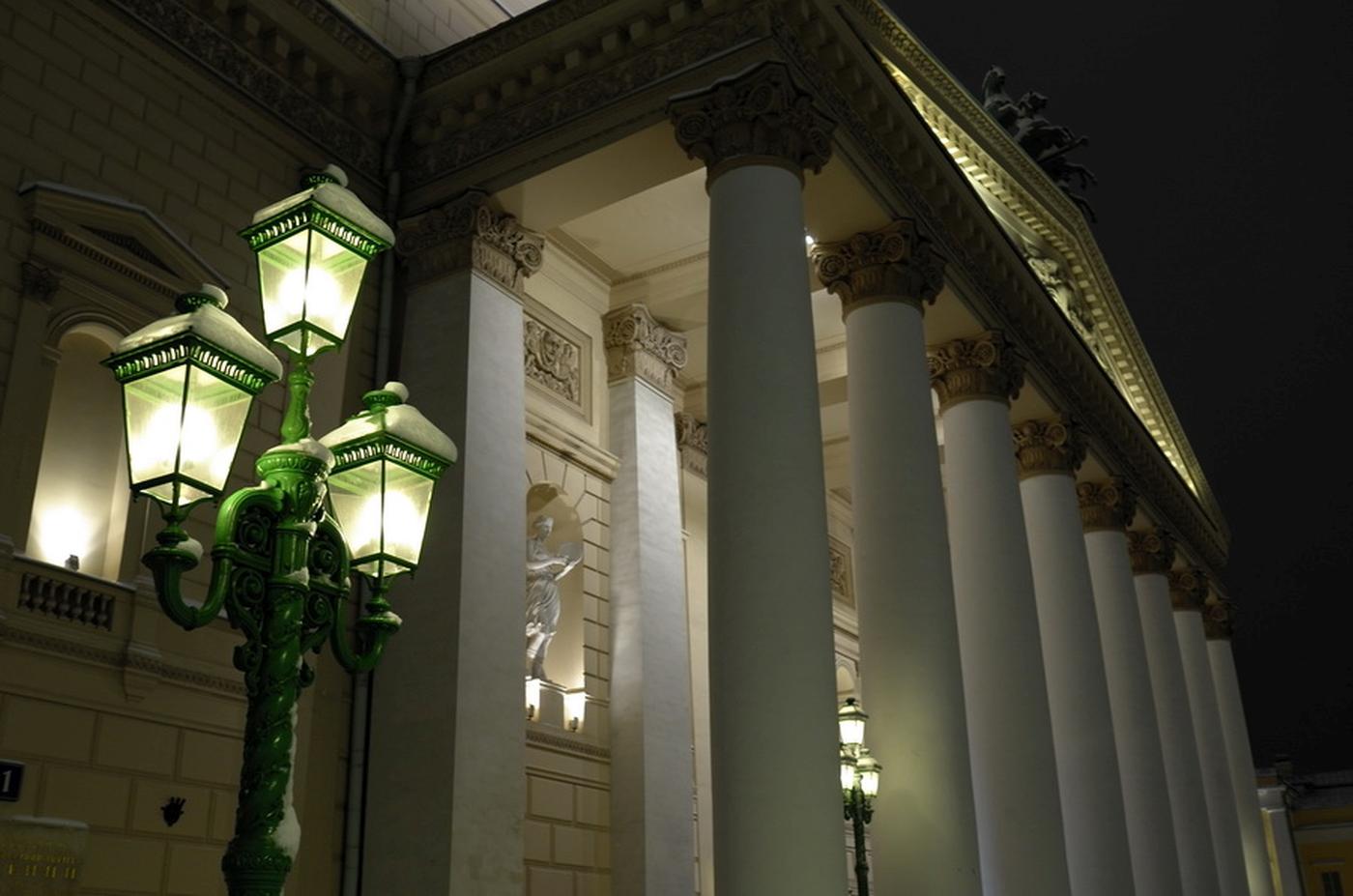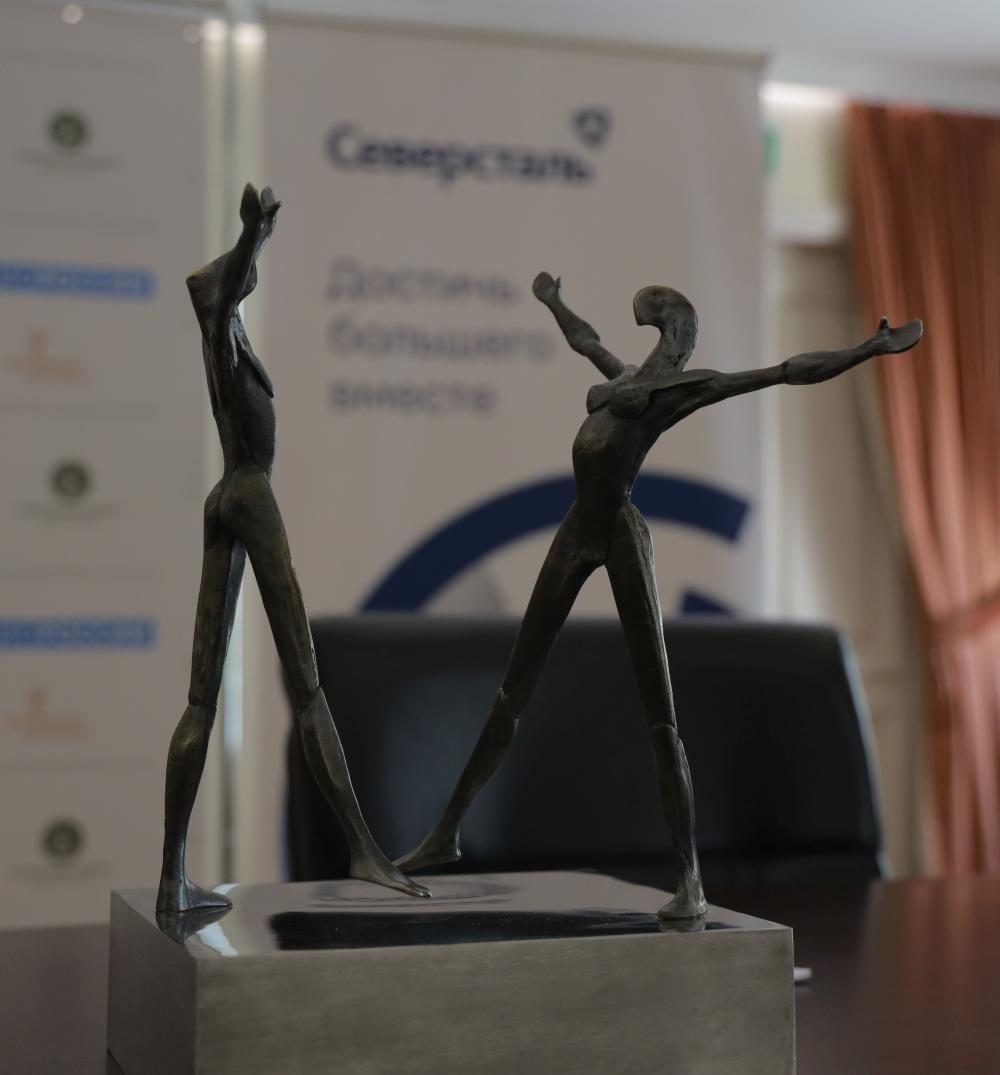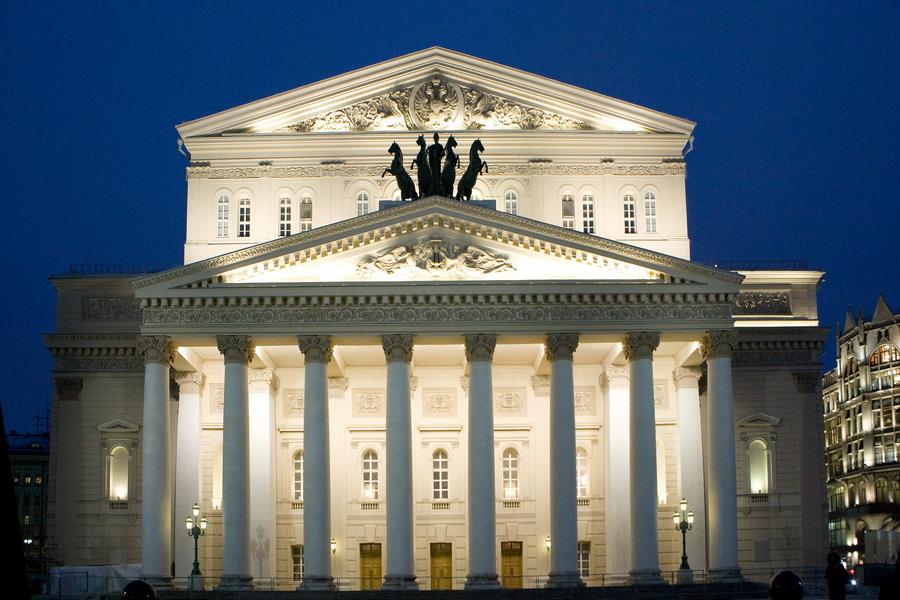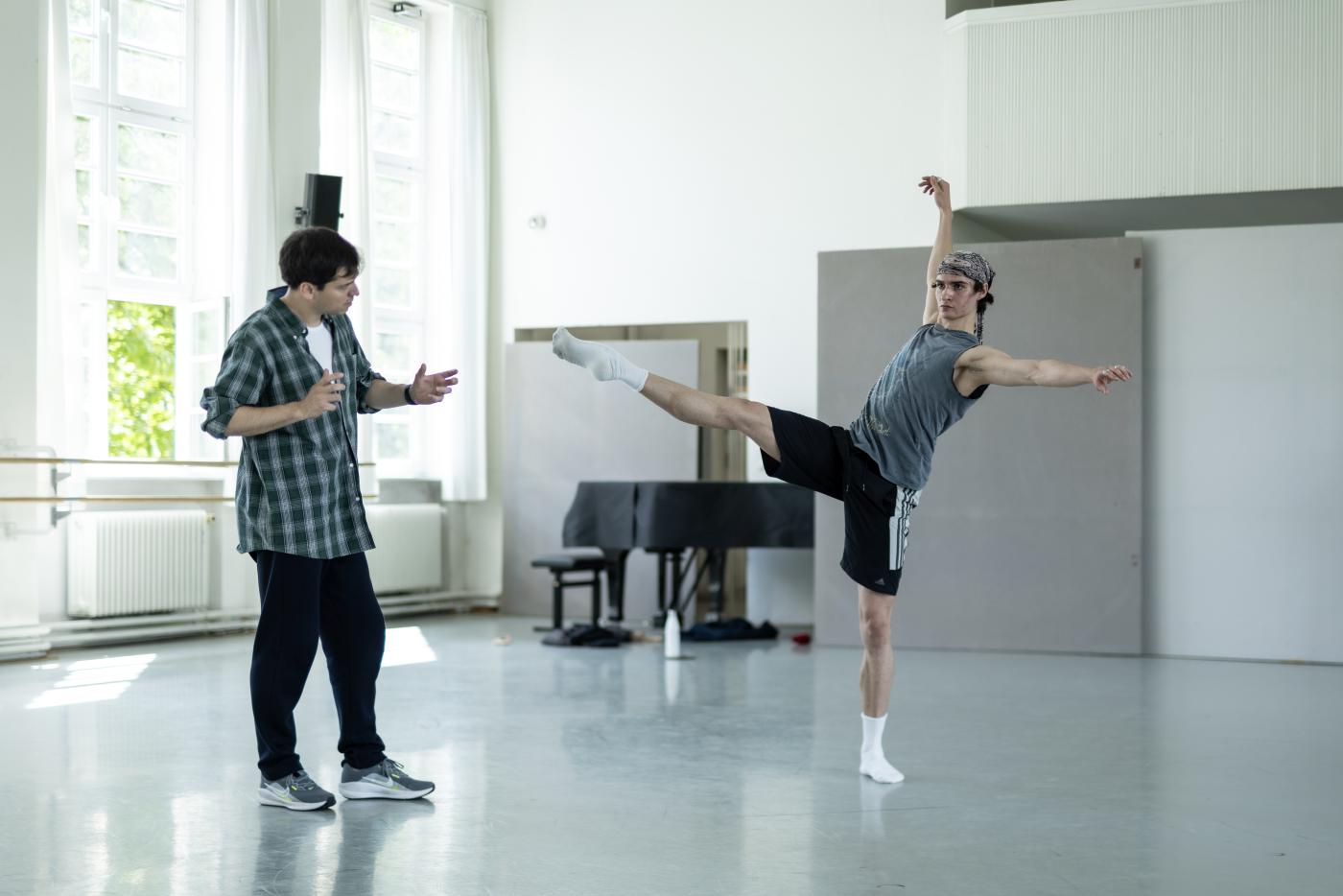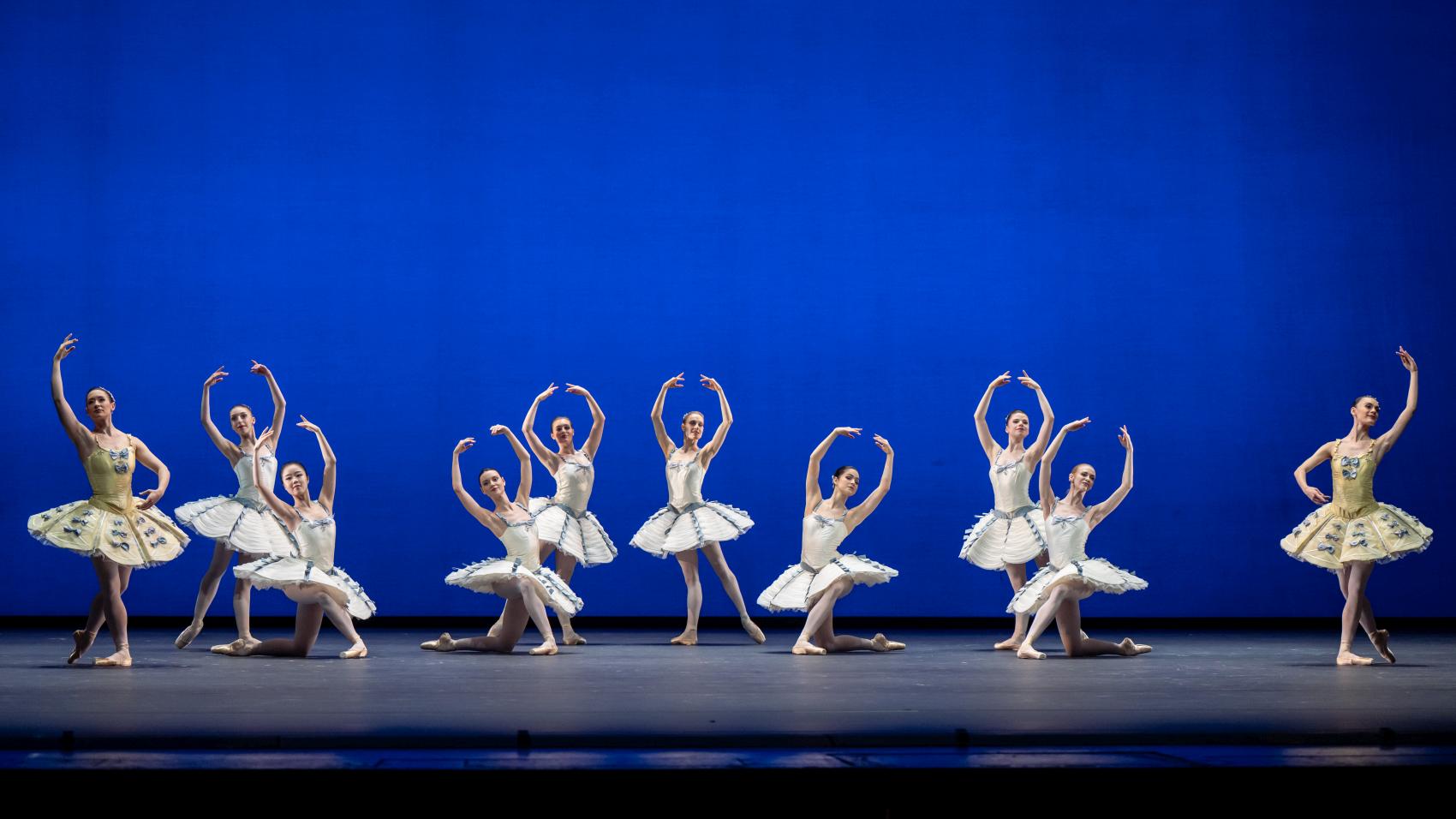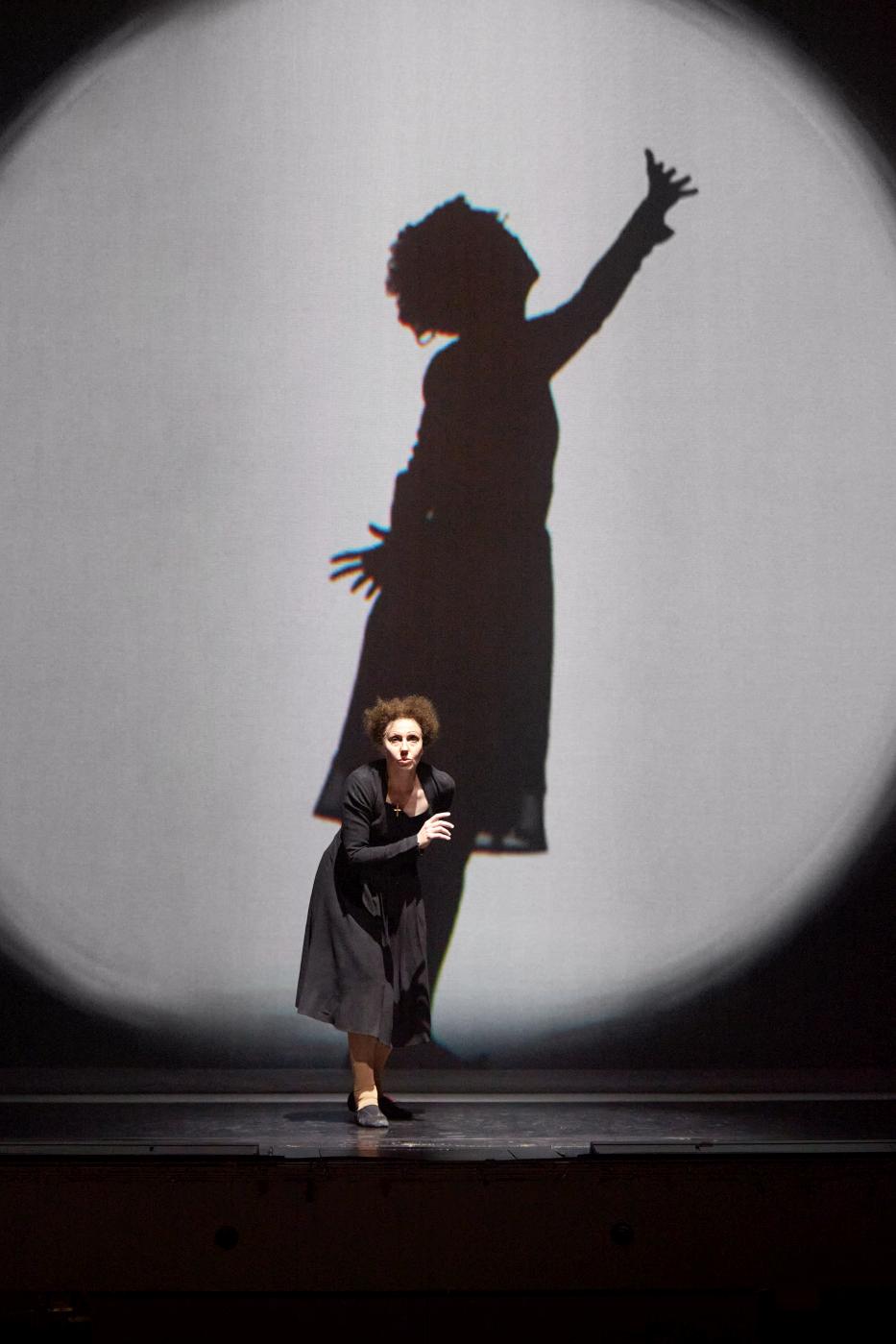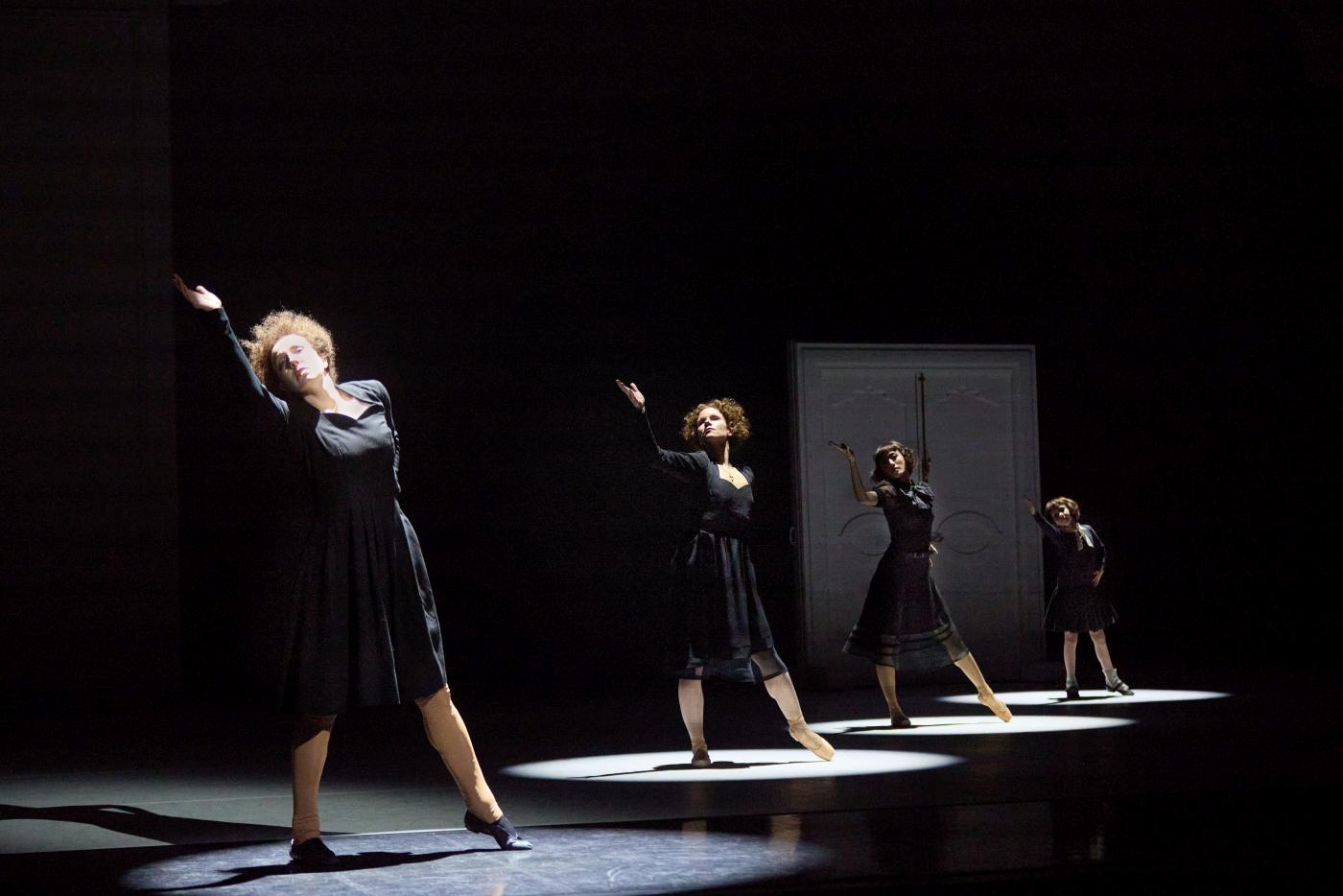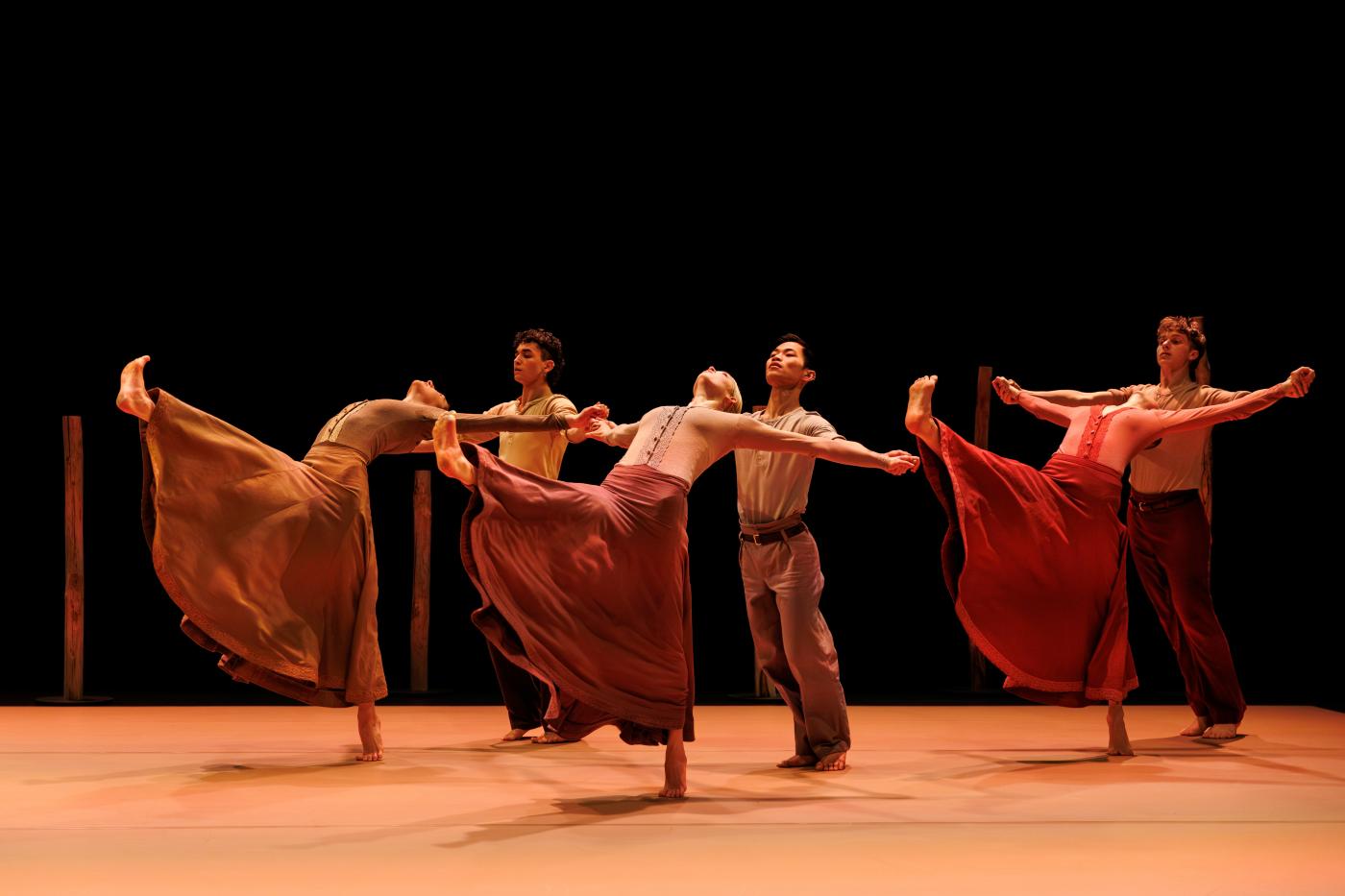“Peter Pan”
Vienna State Ballet & Volksoper Wien
Volksoper Wien
Vienna, Austria
November 22, 2025
by Ilona Landgraf
Copyright © 2025 by Ilona Landgraf
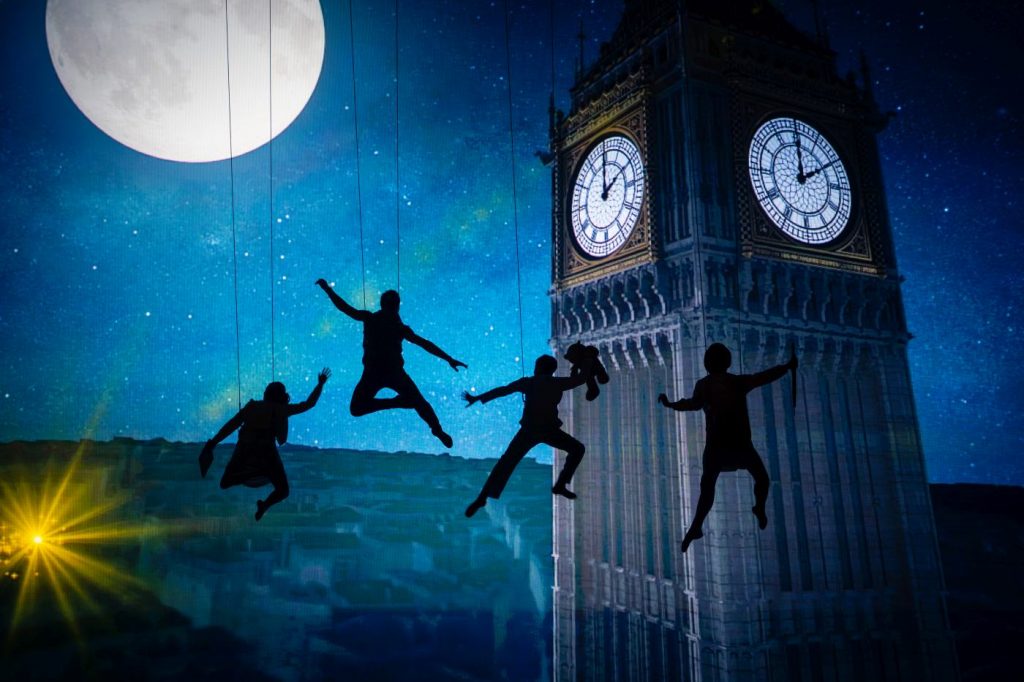 Vienna’s Volksoper buzzed with excitement shortly before the performance of Vesna Orlić’s dance adaptation of Peter Pan. The great many children in the auditorium fell into eager silence when a rousing fanfare opened the ballet.
Vienna’s Volksoper buzzed with excitement shortly before the performance of Vesna Orlić’s dance adaptation of Peter Pan. The great many children in the auditorium fell into eager silence when a rousing fanfare opened the ballet.
Orlić, leading ballet master of the Volksoper ensemble, began choreographing in 2006. For her 2019 Peter Pan, she was justifiably awarded Austria’s music theater prize. The production, which is based on James Matthew Barrie’s 1911 novel Peter and Wendy (known as Peter Pan), is witty, gripping, and great entertainment for the young and the old. I don’t know why the company’s former artistic director, Martin Schläpfer, shelved it. His successor, Alessandra Ferri, instantly decided on a revival. Continue reading “Adventurous”
